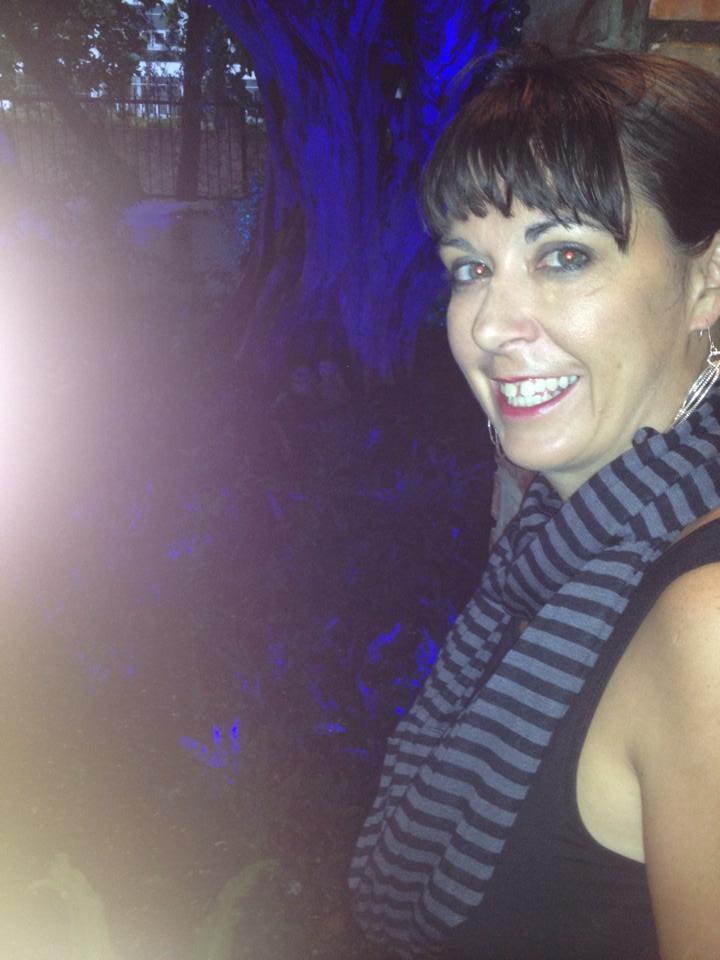Dr. Elizabeth Manley is Associate Professor of History at Xavier University of Louisiana. This last fall, she conducted a Wikipedia assignment with her course, Human Rights and World History. She reflects on the experience here.

Image: File:ProfileESManley.jpg, Profemanley, CC BY-SA 4.0, via Wikimedia Commons.
As a professor of history I have always told my students not to trust Wikipedia as a research source. I have regularly reminded classes that information found on the site cannot necessarily be trusted and should never be used in research projects, and I know that many of my colleagues repeatedly tell students the same. So it created no small bit of confusion when I directed two entire sections of students in my Human Rights and World History course to conceive and complete additions to a Wikipedia entry of their choosing for their semester-long research projects.
For several years now a colleague at my institution, Dr. Megan Osterbur, had been using Wikipedia as a tool for students in a number of her classes in political science and freshman studies. I was both skeptical of its utility as a teaching tool and baffled at how I might institute such a project in my own history courses. After significant prodding, and a week-long pedagogical development seminar run by our seminar for teaching advancement (CAT+FD), I embarked on a course redevelopment that required students to contribute to (or create new) Wikipedia entries on human-rights related topics.
One of the most compelling components of the Wikipedia endeavor, and what had initially changed my mind, was the way in which it allowed students to become knowledge producers rather than mere consumers. I pushed this from the start of the project, reminding students that by expanding on existing articles (or, in a few cases, creating new ones) allowed them to change, if ever so slightly, the existing narrative of the past. Not surprisingly, this became the most rewarding element of the project for the students that really pushed themselves. Several commented in their final presentations that they had showed their contributions with pride to their friends or family; a number of others, while not exactly completing stellar projects, indicated a new awareness for how and why the site works as it does and how they might contribute in the future.
Adding any new element to a course often entails re-adjustment, unforeseen challenges, and frustrations; the addition of a Wikipedia project was no exception, and the hurdles were very new to me and sometimes difficult to solve. Logistically, students struggled to enroll in the course through the Wiki Education portal, remember to post their work in their sandbox, and follow the instructions provided for each new step of the project. A number were highly resistant and lagged far behind the weekly assignments. One student dropped the class, claiming the Wikipedia project was more than she had signed up for, while another plagiarized their entire contribution. Students also had difficulty choosing appropriate topics/entries to work on, finding reputable research materials, and properly inserting new information into existing entries. There were more than a few failures. While I only required that the students contribute ten new points to any existing entry, a number of them added little of value to their chosen topics, including dubious and un-sourced claims, personal opinion, or repeat information. The help of the Wiki Education staff, however, was crucial in attacking some of these problems, as was the colleague who had pushed me toward the medium. They were particularly helpful in evaluation (how to view student contributions alphabetically on the Dashboard and why never to combine two sections!), finding student work that had been deleted (where did it go?), encouraging students (subtle nudges in sandboxes), and helping remediate cases of plagiarism (yes, students might steal straight from Wikipedia for Wikipedia).
However, there were a number of positive outcomes that made the project worthy of continued engagement. Several students really embraced the challenge and chose topics that had minimal or no presence on Wikipedia, including the creation of an entry on African American Women Artists, significant amplification of the Northern California Innocence Project page, and the addition of an African American Beauty page. Others found topics that I believe they will continue to pursue during their college careers. Even in the less successful cases, students expressed their gratitude in coming to better understand how Wikipedia works, demonstrated an appreciation for learning that they could add to a site like Wikipedia, and displayed greater awareness of how certain narratives get told often to the exclusion of others. In sum, while I would encourage faculty members to proceed cautiously in developing a Wikipedia assignment for an introductory general education course, I believe the overall benefits outweigh the challenges. I imagine that as I engage with similar assignments more regularly the scale will continue to tip further toward the creation of knowledge producers!
To learn more about teaching with Wikipedia, visit teach.wikiedu.org or reach out to contact@wikiedu.org.

This is really encouraging! I have given the same speech about Wikipedia as a source, but have also longed to find ways for students to engage with what is obviously one of the world’s most important stores of collective knowledge. Your experience sounds both real and constructive. I’m eager to find ways to incorporate Wikipedia into my intro classes. Thank you!